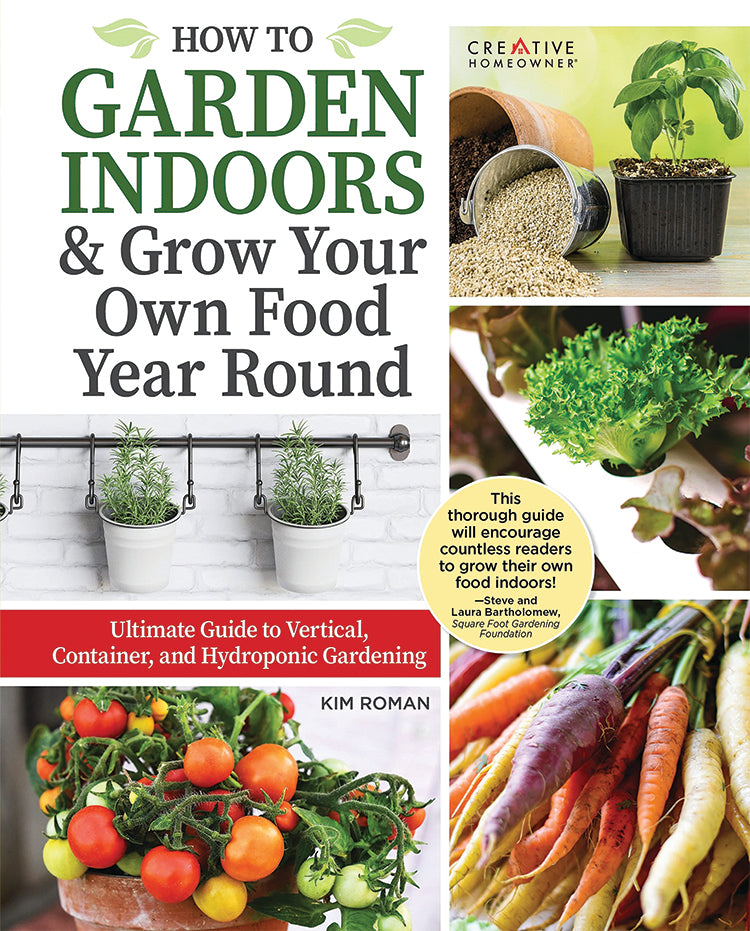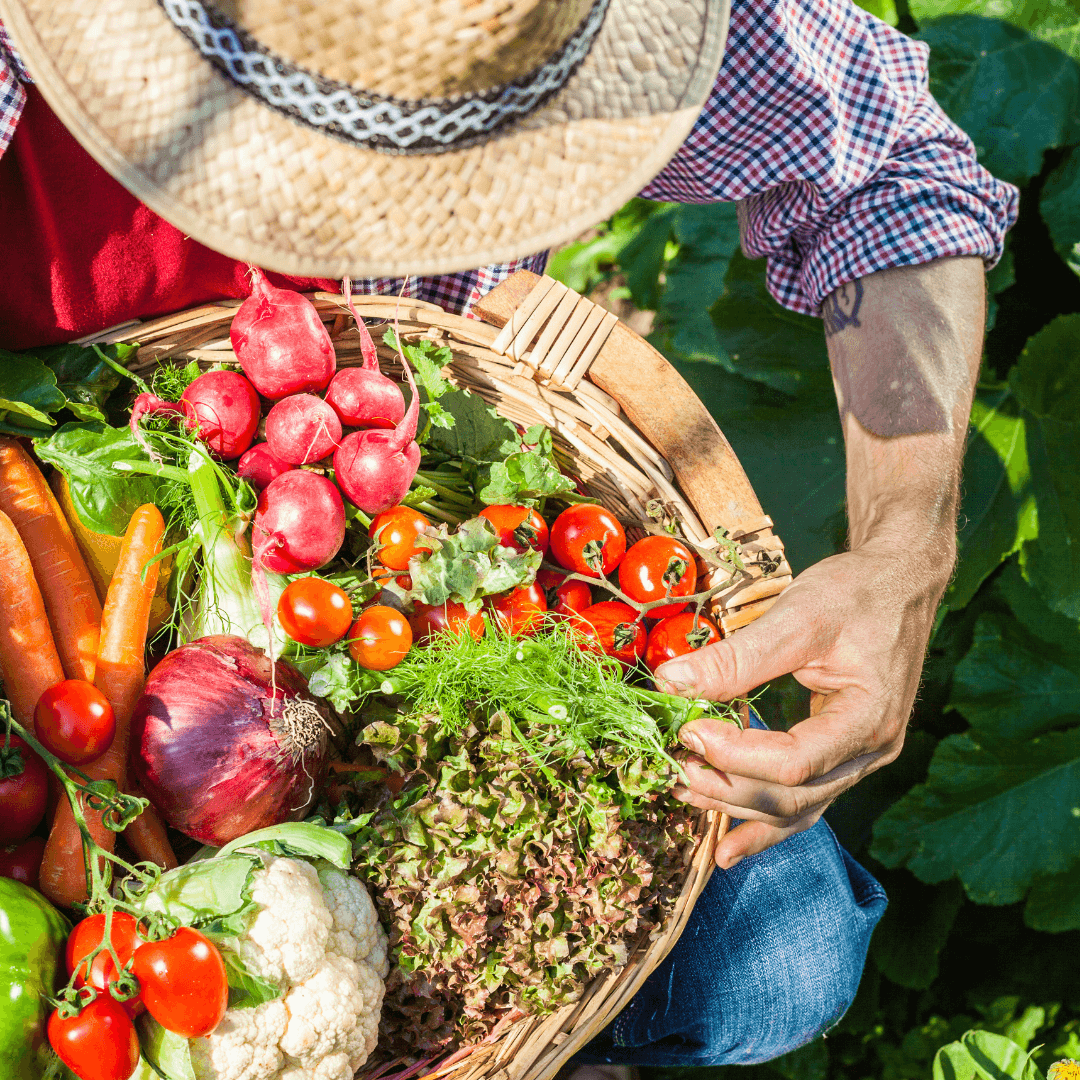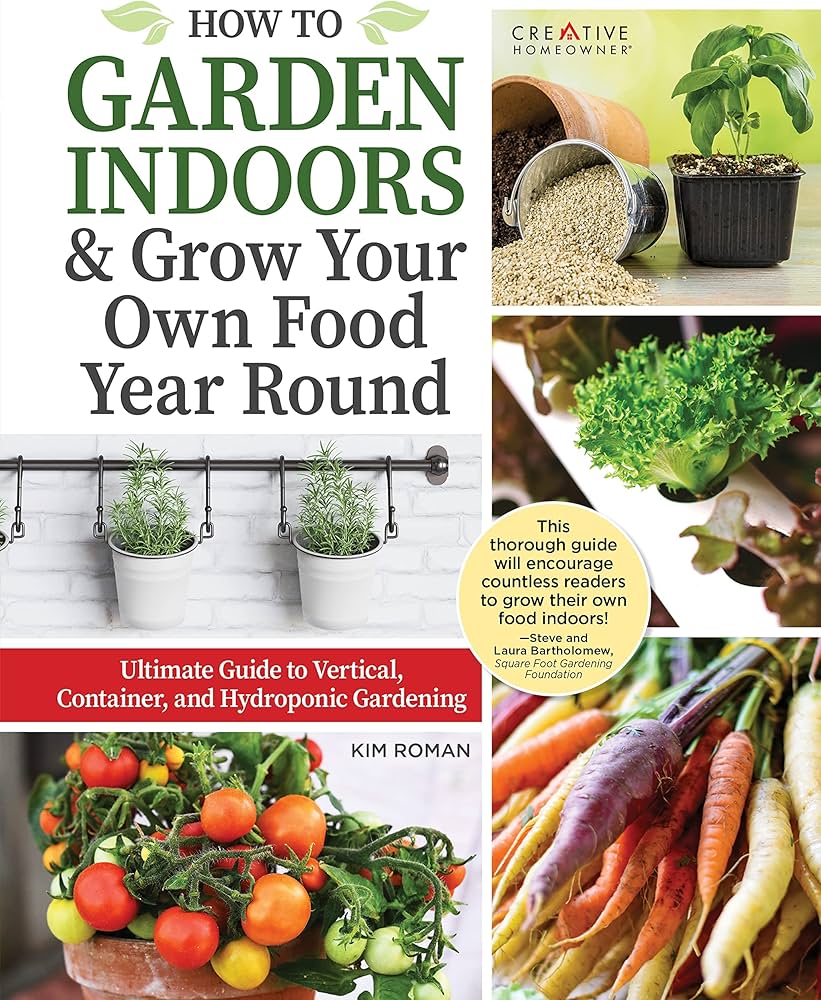To grow your own food year-round, consider using techniques like indoor gardening or a greenhouse. Choose crops suited for your climate and planting methods.
Growing your own food year-round offers fresh produce regardless of the season. It promotes sustainability and reduces grocery costs. With the right techniques, anyone can cultivate a variety of fruits, vegetables, and herbs at home. Indoor gardening, container gardening, and greenhouses are effective options for maximizing space and resources.

Credit: store.motherearthnews.com
Understanding your climate and selecting appropriate crops is crucial. With a bit of planning and dedication, you can enjoy homegrown food all year. This guide will explore practical tips and methods to help you successfully grow your own food, ensuring a continuous supply of fresh ingredients.
How to Grow Your Own Food Year Round : Step by Step Guide
Getting Started With Year-round Gardening
Finding the right location is key for year-round gardening. Choose a spot that gets plenty of sunlight. A south-facing area works best. Ensure the soil drains well to avoid waterlogging.
For selecting plants, consider your climate. Some plants thrive in cold weather, like kale and spinach. Others do well in warmer months, such as tomatoes and peppers. Mixing these can ensure a steady harvest.
Using containers can help you grow in limited spaces. They also allow for easy mobility to catch sunlight. Herbs like basil and parsley grow well in pots. Rotate your plants to keep the soil healthy.
Essentials Of Soil Preparation
Testing your soil helps determine its nutrient levels and pH balance. Use a soil test kit for accurate results. Amend the soil with organic matter like compost or aged manure. This improves soil structure and fertility.
Mulching is essential for temperature control in your garden. It helps keep the soil warm in winter and cool in summer. Use materials like straw, wood chips, or grass clippings. A thick layer of mulch also prevents weed growth.
| Mulch Type | Benefits |
|---|---|
| Straw | Good insulation and lightweight |
| Wood Chips | Long-lasting and attractive |
| Grass Clippings | Rich in nitrogen and easy to find |
Maximizing Space With Vertical Gardening
Vertical gardening uses less space and allows for more plants. It is perfect for small areas. This method can improve air circulation and reduce pests. Plants can grow faster with the right conditions.
Benefits of vertical gardening include:
- Easier access to plants for care and harvesting.
- Aesthetic appeal to any space.
- Increased yield in limited space.
- Improved drainage and soil health.
DIY vertical garden ideas can be fun and creative. Use pallets, buckets, or hanging pots. Create a green wall with a trellis. Repurposing old furniture can also work well.
Implementing Season Extenders
Using greenhouses effectively helps you grow food all year. They create a warm space for plants. Choose the right size for your needs. Make sure to ventilate properly to prevent overheating.
Cold frames are simple to build. They protect plants from cold and wind. Use old windows or clear plastic to cover the frame. This keeps warmth inside and helps seeds germinate.
Hoop houses are larger and easier to manage. They allow for more plants and can be moved. Use PVC pipes or metal hoops to create the structure. Cover it with clear plastic for sunlight.
Both methods can extend your growing season. They help you enjoy fresh food, even in winter.
Water Management Strategies
Efficient irrigation systems save water and time. Drip irrigation delivers water directly to plant roots. This method reduces evaporation and runoff.
Sprinkler systems cover large areas quickly. They ensure even water distribution across your garden. Choose timers to automate watering schedules.
Rainwater harvesting is a smart way to collect water. Install barrels under your roof’s downspouts. This setup captures rainwater for later use.
Use filters to keep the water clean. Rainwater is great for plants and gardens. It helps reduce your water bill and supports sustainability.

Credit: www.amazon.com
Indoor Gardening Basics
Starting seeds indoors is a great way to grow food all year. Choose quality seeds for the best results. Use seed trays or small pots for planting. Fill them with seed starting mix for healthy growth.
Provide the right lighting for your plants. Most seeds need 12 to 16 hours of light each day. Use grow lights or place them near a sunny window. Keep the lights about 2 to 4 inches above the plants. This prevents them from getting too tall and weak.
Monitor the temperature in your indoor garden. Most seeds thrive best at 70 to 75°F. Use a thermometer to check the heat. Water the seeds gently to keep the soil moist but not soggy.
Pest And Disease Management
Organic pest control methods help keep your garden healthy and safe. Use natural predators like ladybugs to control aphid populations. Neem oil is effective against many pests and is safe for plants.
To prevent common plant diseases, maintain good air circulation. Water plants early in the day to reduce moisture at night. Remove dead leaves and debris regularly to prevent fungal growth.
Plant disease-resistant varieties when possible. Rotate crops each season to disrupt disease cycles. Always choose healthy seeds and seedlings to start your garden strong.
Harvesting And Preserving Your Produce
Harvesting your food at the right time is very important. Pick fruits and vegetables in the early morning. This helps keep them fresh. Use clean tools to avoid any contamination. Handle produce gently to prevent damage.
Store your harvest in a cool, dry place. Use breathable bags or baskets for best results. Avoid stacking too many items on top of each other. This helps prevent bruising.
For preservation, consider different methods. Canning is great for long-term storage. Freezing keeps fruits and vegetables fresh for months. Drying is another effective technique. It removes moisture and prevents spoilage.
Label all containers with the date. This makes it easier to know what to use first. Rotate older produce to avoid waste.

Credit: www.gardenersbasics.com
Frequently Asked Questions
How Can I Start Growing Food Indoors?
To begin growing food indoors, choose suitable containers and potting soil. Select plants like herbs, lettuce, or tomatoes that thrive indoors. Ensure adequate light by using grow lights or placing them near windows. Keep the temperature consistent and water regularly to promote healthy growth.
What Vegetables Grow Best In Winter?
Vegetables like kale, spinach, and carrots are ideal for winter gardening. They can withstand frost and thrive in cooler temperatures. Consider using cold frames or greenhouses to protect them from harsh weather. These techniques help extend your growing season and yield fresh produce throughout winter.
How Do I Maintain Soil Health Year-round?
To maintain soil health, regularly add organic matter like compost. Rotate crops to prevent nutrient depletion and pest issues. Mulching can help retain moisture and suppress weeds. Regularly test soil pH and nutrient levels to ensure optimal growing conditions for your plants.
Can I Grow Food Without Sunlight?
Yes, you can grow food without direct sunlight using artificial lights. LED grow lights are energy-efficient and provide the necessary spectrum for plant growth. Hydroponics and aquaponics are also excellent methods that require minimal sunlight. These systems can effectively produce fresh food indoors year-round.
Conclusion
Growing your own food year-round is both rewarding and sustainable. With the right techniques, you can enjoy fresh produce regardless of the season. Start small and gradually expand your garden. Embrace the journey of home gardening, and you’ll reap the benefits of delicious, homegrown food all year long.
Happy gardening!

